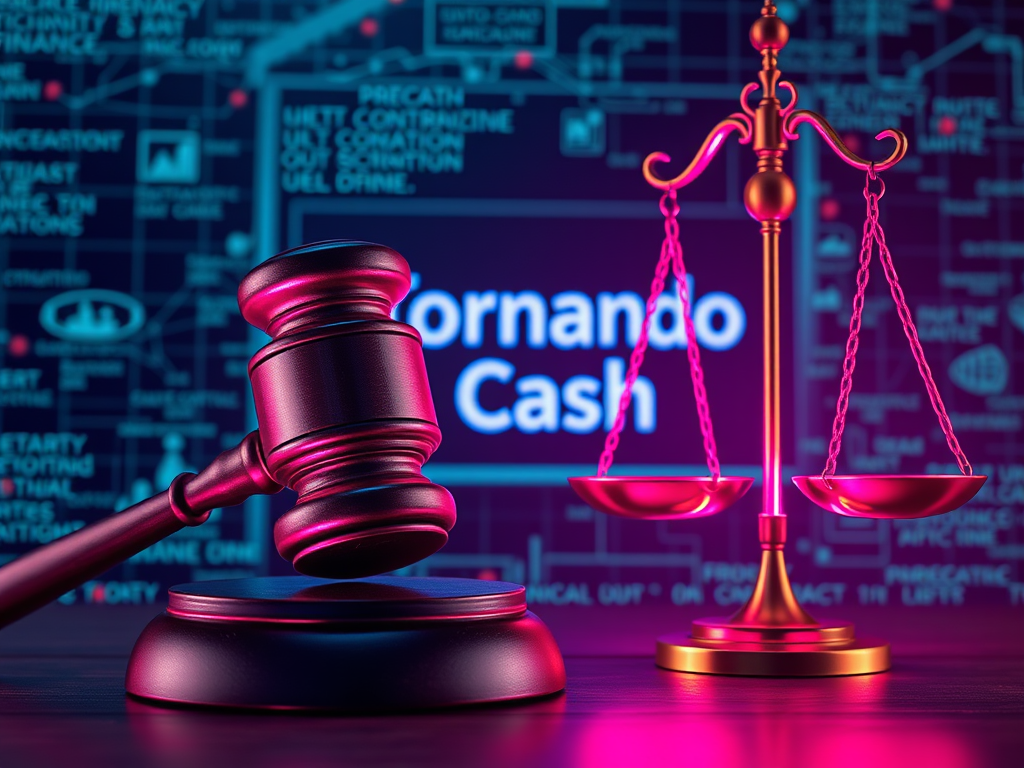Securing your digital assets is paramount in the rapidly evolving world of cryptocurrencies. A crypto wallet is the primary tool for storing and managing your cryptocurrencies, and understanding how to use it securely is crucial for protecting your investments. This guide will walk you through the essentials of crypto wallets and provide detailed instructions on securing them effectively.
Understanding Crypto Wallets
A crypto wallet is a digital tool that stores the private keys needed to access your cryptocurrency holdings on the blockchain. Unlike traditional wallets, crypto wallets don’t store your currency; they store the means to access it. These private keys are long strings of numbers and letters that prove your ownership of your digital assets and allow you to make transactions.
Types of Crypto Wallets
- Hardware Wallets: These physical devices store private keys offline. They look similar to USB drives and are considered the most secure option for storing large amounts of cryptocurrency. Examples include Ledger Nano S, Ledger Nano X, and Trezor. Hardware wallets are immune to online hacking attempts when not connected to a computer.
- Software Wallets:
- Desktop Wallets: Applications installed on computers. They offer a good balance of security and convenience for regular use. Examples include Electrum (for Bitcoin), Exodus (multi-currency), and Atomic Wallet.
- Mobile Wallets: Smartphone apps that allow you to manage your cryptocurrencies on the go. They’re convenient for everyday transactions but may be more vulnerable to malware. Examples include Coinbase Wallet, Trust Wallet, and Mycelium (for Bitcoin).
- Web Wallets: Browser-based wallets that can be accessed from any device with an internet connection. While very convenient, they’re generally considered less secure than other options. Examples include MetaMask (primarily for Ethereum and ERC-20 tokens) and Blockchain.com Wallet.
- Paper Wallets are physical documents containing printed private and public keys. While secure from online threats, they’re vulnerable to physical damage or loss. They’re becoming less common but can still be viable for long-term, offline storage.
Choosing the Right Wallet
Your choice of wallet should depend on your specific needs and usage patterns:
- For long-term storage and large amounts, Consider a hardware wallet. These offer the highest level of security for storing significant cryptocurrency holdings that you don’t need to access frequently.
For everyday transactions, a mobile or desktop wallet might be more convenient. These allow quick and easy access to your funds for regular trading or spending.
- To balance security and accessibility, use a combination of hardware and software wallets. Keep the majority of your funds in a hardware wallet for security, and transfer smaller amounts to a software wallet for daily use.
When selecting a wallet, research the provider’s reputation, check user reviews, and ensure the wallet supports the cryptocurrencies you plan to use.
Setting Up Your Wallet Securely
- Select a reputable wallet provider with a strong security track record. Look for wallets that have been around for a while, have positive user reviews, and haven’t experienced major security breaches.
- Download the wallet software from the official website or app store. Be wary of phishing sites or fake apps that may try to steal your information.
- Follow the setup instructions provided by the wallet. This usually involves creating a new wallet or importing an existing one.
- Write down your recovery seed (a series of words provided during setup) and store it securely offline. This seed is crucial for recovering your wallet if you lose access to your device.
- Set a strong, unique password for your wallet. This should be different from passwords you use for other services.
- If available, enable two-factor authentication (2FA). This adds an extra layer of security by requiring a second form of verification beyond your password.
Maintaining Wallet Security
- Keep your recovery seed safe:
- Write it down on paper (multiple copies). Never store it digitally, as it could be vulnerable to hacking.
- Store copies in secure locations to protect against loss from disasters like fire or flood.
- Consider using a fireproof safe or safety deposit box for extra protection.
- Never share your recovery seed with anyone, not even family members or close friends.
- Use strong passwords:
- Create a unique, complex password for your wallet. It should be at least 12 characters long and include a mix of uppercase and lowercase letters, numbers, and symbols.
- Avoid using personal information or common words that could be easily guessed.
- Consider using a reputable password manager to securely generate and store strong passwords.
- Enable additional security features:
- Activate 2FA on your wallet and any associated accounts. This could involve using an authenticator app, SMS verification, or a physical security key.
- For hardware wallets, set up a PIN and consider using a passphrase for an additional layer of security.
- Some wallets offer advanced features like multi-signature transactions, which require multiple approvals before a transaction can be completed.
- Keep your software updated:
- Regularly update your wallet software or firmware. These updates often include critical security patches.
- Enable automatic updates if available to ensure you’re always running the latest version.
- Be cautious of update notifications and only download updates from official sources.
- Practice safe computing:
- Use a secure, malware-free device to access your wallet. Consider having a dedicated device solely for cryptocurrency transactions.
- Avoid using public Wi-Fi networks when making transactions. If you must use public Wi-Fi, use a reputable VPN service.
- Be cautious of phishing attempts. Always double-check the URL of websites you’re using and be wary of unsolicited emails or messages asking for your wallet information.
- Use reputable antivirus software and keep it updated.
- Regular backups:
- Back up your wallet regularly, especially after significant transactions. This ensures you have the most up-to-date version of your wallet in case of device failure.
- Test your backups to ensure they work correctly. Try restoring your wallet from the backup to verify it contains all your transaction history and balances.
- Store backups securely, using the same precautions as you would for your recovery seed.
- Use multiple wallets:
- Keep the majority of your funds in a secure, cold storage wallet (like a hardware wallet) that’s not connected to the internet.
- Use a separate wallet with smaller amounts for daily transactions. This limits your potential losses if your “hot” wallet is compromised.
- Consider using different wallets for different purposes, such as trading, long-term holding, and everyday spending.
- Be cautious with third-party services:
- If you use exchanges or other cryptocurrency services, enable all available security features on those accounts.
- Withdraw large amounts to your wallet rather than leaving them on exchanges, which hackers can target.
- Research the security practices of any service you use to handle your cryptocurrencies.
- Educate yourself continuously:
- Stay informed about the latest security threats and best practices in cryptocurrency.
- Follow reputable cryptocurrency news sources and security blogs.
- Participate in cryptocurrency communities to learn from others’ experiences and share knowledge.
- Plan for contingencies:
- Consider setting up a “dead man’s switch” or instructions for trusted individuals to access your cryptocurrency in case of emergency or death.
- Keep records of your wallet addresses and the types of cryptocurrencies you own in a secure location separate from your wallet information.
Conclusion
Securing your crypto wallet is an ongoing process that requires vigilance and adherence to best practices. Choosing the right wallet, setting it up securely, and maintaining good security habits can significantly reduce the risk of losing your digital assets. Remember, you are your bank in cryptocurrencies – take that responsibility seriously.
As the cryptocurrency landscape continues to evolve, so will the methods for securing your assets. Stay informed, remain cautious, and regularly review and update your security practices. With careful management and robust security measures, you can enjoy the benefits of cryptocurrency while minimizing the risks.














